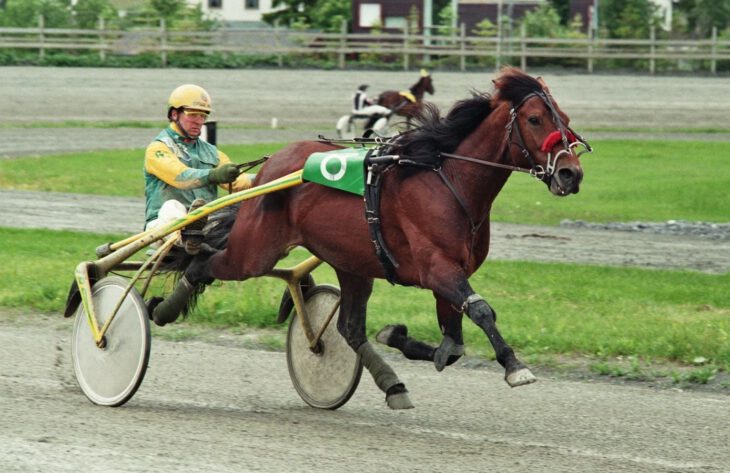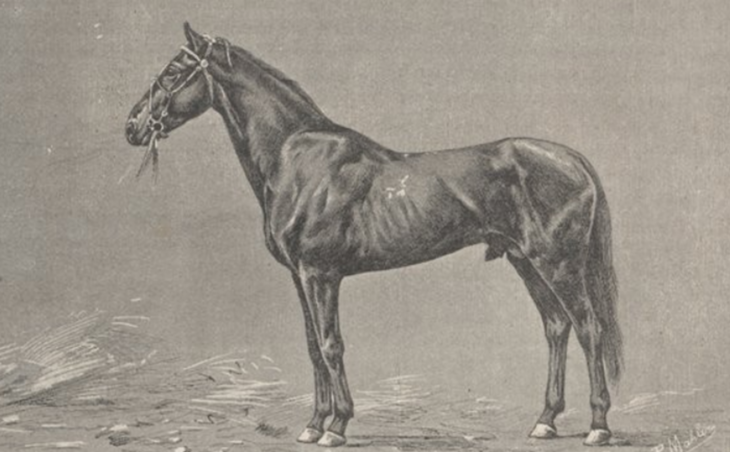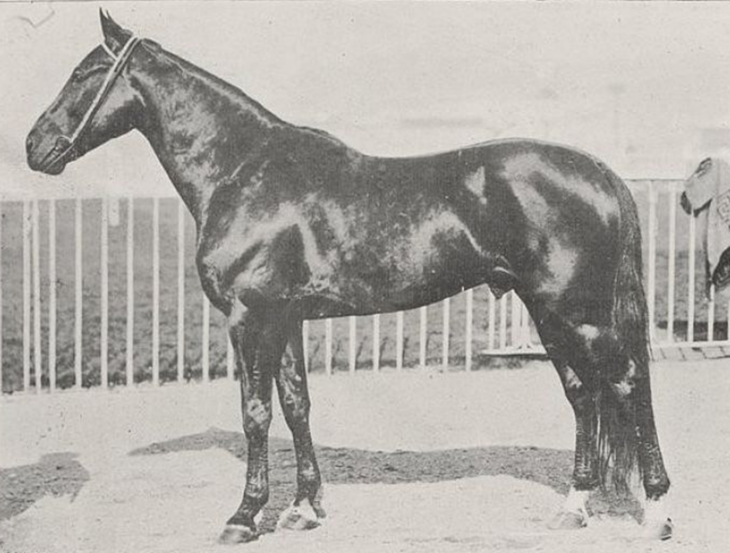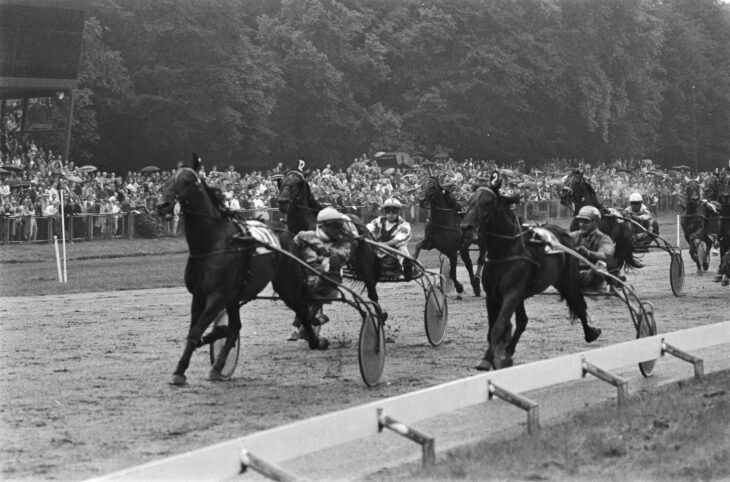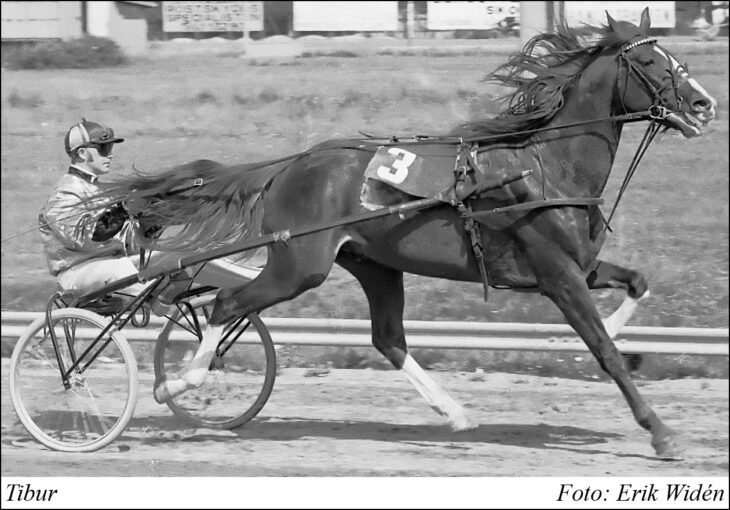In 1989 Olav Christiansen, a farmer in the Norwegian village Åsenfjord, lost the right to let his sheep grace in the nearby mountains in the summer, so he decided to quit sheep farming and focus on harness racing. Trading his remaining sheep for a a yearling filly and an unborn foal, Christiansen made one of the most lucrative and one-sided deals in harness history.
Read MoreEuropean
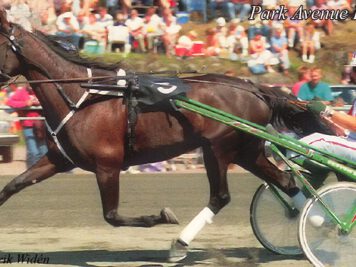
The queen’s terrible demise
She was a really good youngster in the US, winning the Hambletonian Oaks and Kentucky Futurity filly, and blossomed into one of...
Read More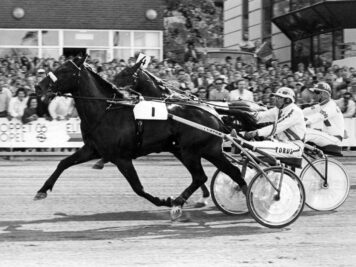
The king of Norway
Throughout history there have been a few select horses that have singlehandedly increased the interest in harness racing and...
Read More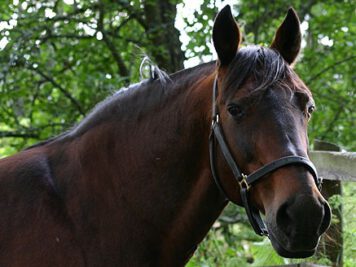
The mythical kick
When Juhani Lagerstam started the Laukko trotting stud farm at Vesilahti in Finland he needed a few stallions to use on his many...
Read More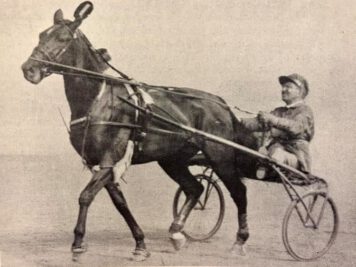
The wedding gift
He was designated as a wedding gift to circumvent export restrictions after WWII, then caused despair when he refused to train...
Read More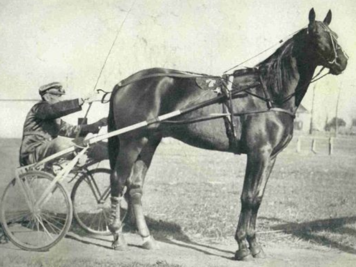
The secret daddy
The expression “Who’s your daddy?” is often used as a claim of dominance. In the case of the 1938 foals of Gäel, a champion...
Read More
The stateless horse
You have horses with great pedigrees, then you have those really blue-blooded horses … and then there is Florestan. Despite being...
Read MoreThe third filly to win the big race, The Marchioness was the first winner of a four-heat Hambletonian, the first winner with a female owner and the only one whose trainer and driver previously trained trotters for the Russian czar.
Read MoreHe was one of the thousands of Orlov trotters exported from Russia in the golden age of the breed. Kozyr found a new home in France, was one of the best aged trotters in France for several years and is today found in every French pedigree.
Read MoreThe blue-blooded Kentuckian excelled in Europe, becoming the first horse to win an international race at Vincennes and later went on to be a stallion champion, siring the first European-bred 2:05 trotter and multiple Derby-winners.
Read MoreHe was the first superstar trained by Åke Svanstedt and helped make the trainer a household name all over trotting-Europe. Winner of the UET Grand Circuit for two years running, Zoogin was the complete package of speed and strength in powerful body.
Read MoreHer breeders bought a mare they didn’t really want at auction, and didn’t even know she was in foal to an unpopular sire. The resulting filly was stubborn and difficult to break. However, when she first started trotting, the filly did nothing else – and usually faster than everybody else. From humble beginnings in the north of Netherlands, Action Skoatter gained worldwide recognition in the 1988 Elitlopp for both her looks and her whirlwind speed.
Read MoreHe was a nasty colt, and the only – to date – Elitlopp-winner to be led to the winners’ circle by two grooms holding a chain. The blue-blooded trotter Jorky was no treat to be around, and he was a handful for his opponents as well. The only horse to win all four group I-Criteriums in France, Jorky was a mean superstar.
Read MoreShe was bought as a bit of a gamble, and let her nerves get the better of her in her European debut. It wouldn’t take long for the mare to be the darling of hew new country, however. Dutch trotting fans adored Speedy Volita, the mare who won a massive 99 wins in her new homeland and became so popular she even got her own song.
Read MoreFrench trotters that visited Sweden in the 50s tended to dominate and the desire to bring in French bloodlines were very strong. When the French-born Tibur was brought to Scandinavia, however, the colt was rejected by the Swedish breeding commission. However, following the old adage that “cream always rises to the top”, Tibur proved himself a true elite stallion but only got his chance because of a loophole in the rules.
Read MoreWhen Åke Svanstedt recorded a fantastic win in the 2004 Elitlopp, he did it with a horse that two years earlier had been retired. But after 18 months away from the track, Gidde Palema returned in style and when the excellent trotter could race barefoot he was an almost impossible proposition for his competitors.
Read More
